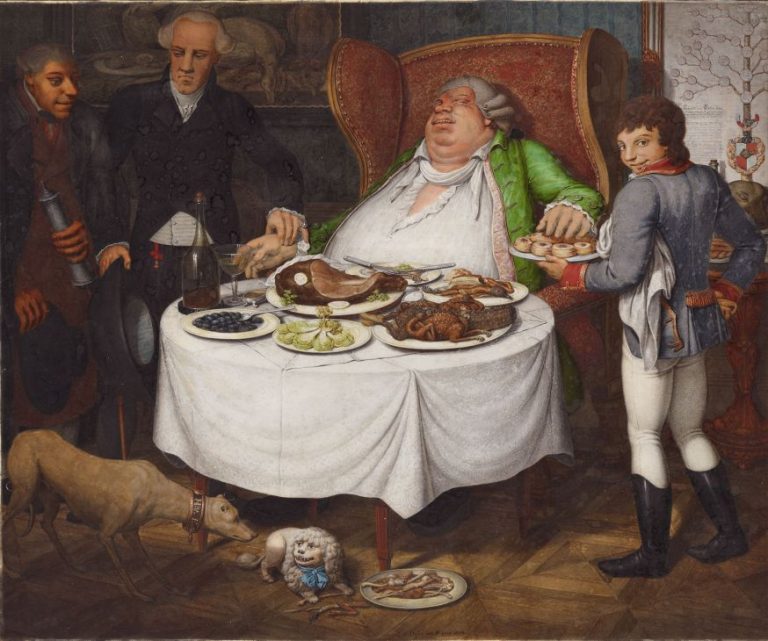Mortal vs Venal Sin, adjusted for inflation. Various Churchmen have attempted to quantify various moral issues. One such attempt was made in the late 1800s, when it was calculated that “Stealing less than twenty dollars is a venal sin, not a mortal sin that leads to damnation.”
At that time, an ounce of gold was worth twenty dollars. Today, that same ounce of gold will sell for, rounded up slightly, one thousand dollars. While any theft is wrong, there are gradations, and one thousand dollars does not, today, seem unreasonable as the dividing line between the mortal and venal sin of theft.
But, theft of property also relates to theft of time. Taking a thousand dollars from a person who makes ten dollars an hour is far more grievous than stealing that amount from a person making five hundred dollars an hour. Discounting taxes, it will take the first victim one hundred hours, over two weeks of normal working time, to replace that thousand dollars. It will take the second person two hours to make back what was taken, showing that the same sin can have vastly disproportionate effects. While it does not invalidate the seriousness of the sin, taking two hours from a person’s life is vastly less harmful than taking one hundred hours. So, we may also consider mortal sin as the taking of over two weeks from someone’s life.
When a taxing authority takes a thousand dollars from two hundred million taxpayers and wastes that money on sure-to-fail programs that duplicate previously failed programs, those involved are reasonably thought to be guilty of mortal sin. Such people, however, will invariably make excuses for ongoing thefts of trillions from hundreds of millions of their neighbors. That does not excuse, but compounds, the sin that financially quantifies the souls that do not love their neighbors as calculated by He Who moral accountants may identify at The Big Bookkeeper in The Sky.








